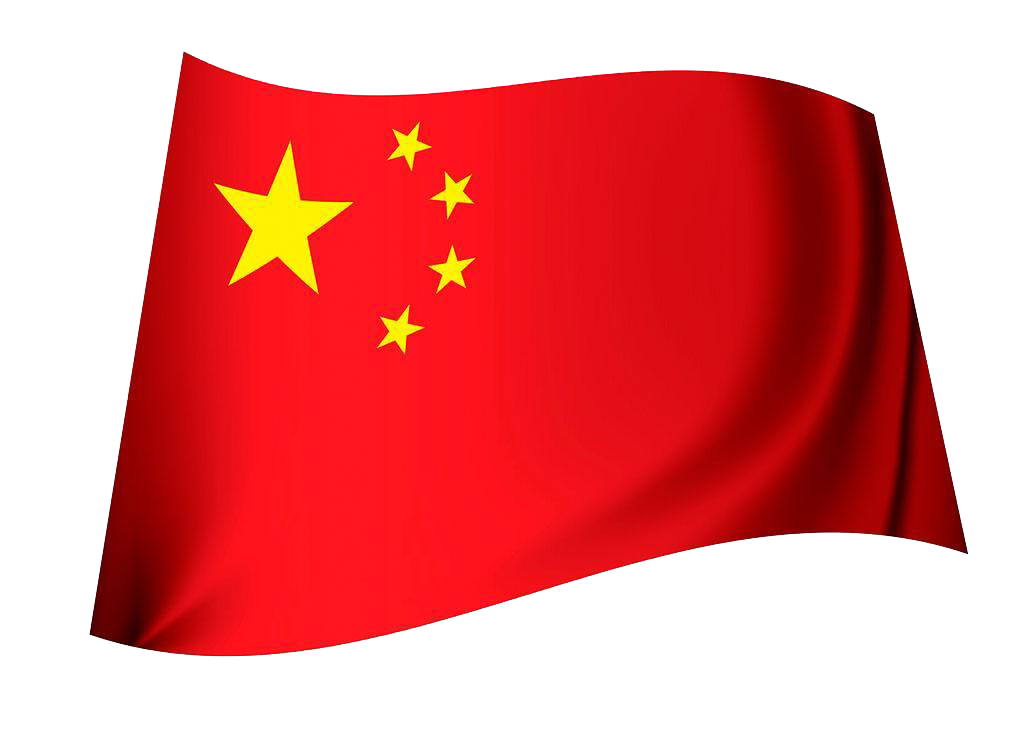The Origins of Reflective Fabric Designs
by:SUMWIC Machinery
2020-06-12
Reflective Fabric rrncludes a number of uses from personal to commercial and industrial settings. The sew on application is only one design method, as reflective tape is also utilized on various surfaces - including metal - using powerful and long lasting glue. It's a resource used in everything from cars, to marking buildings and poles as well as professional workers for the sake of improving visibility.
While it's widely used, the most practical application which has turned reflective tape into a multi-billion dollar industry is there to high visibility safety clothing and personal protective equipment. Application is done through sew on reflective tape as well as heat press application with adhesive films that bond to the backing material used in high visibility work wear.
Reflective technology first appeared in earlier 20th century and was found on roadways, automobiles and bikes. They used retro-reflective backing material that contained small glass beads which caught the light and reflected it back to the light source. As time progressed, the technology moved forward. The development process became more refined, the beads became much smaller and allowed for a greater concentration and return of way. The decreased bead size allowed for the reflective tape to be able to be come with clothing.
Clothing can be covered in sand and results will happen; however, they will not be the kind most people want. When light would hit these beads, it would refract and scatter but it likely wouldn't reflect- at least not in any good method. In order for fractional laser treatments to be used efficiently on both clothing and vehicles, two types of reflective materials are intended. These are adhesive reflective fabric and sew on reflective, each with multiple layers to gather light and reflect one. To make this technology effective, a base of PVC (which is a strong thermoplastic resin) is used and also the small glass beads are embossed. They then given multiple layers of metallic flake backing to reflect the light. This is similar to the coating found on top of the back of a mirror.
Glass beads are only some of the option for reflective tape. Manufacturers also have the alternative of using microprisms. The microprisms will often be very popular as they return 80% a lot more of light back to your source due to their hard angles when the glass beads only return about 30%. With different types of reflective materials, examples include fire retardant reflective tape, the arrangement of the microprisms is calculated in order to provide the best reflective coverage.
Sew on Vs. Adhesive - In any situation certainly where a reflective tape uses adhesive backings, that bonding material is utilized to the tape after the reflective material has been fully created. After the adhesive is applied, the reflective material is rolled up just as becoming big roll of tape. Depending on the industrial adhesive the actual used, a manufacturer could quite possibly have to line the tape with a non-stick paper backing to protect the lower layers of tape.
Sew on tape is definitely more popular and has no adhesive backing. In order to often delivered in giant rolls directly to the manufacturer where it can then be cut to the needed lengths for garments. The rolls can be precut or they can be cut by after they are loaded to your cutting mechanism. Sew on is available on most reflective clothing as a result of fact that adhesives can't withstand tornados or extreme temperatures, which often situated in places where reflective clothing is needed (such as house fires).
Custom message














